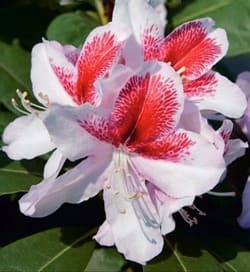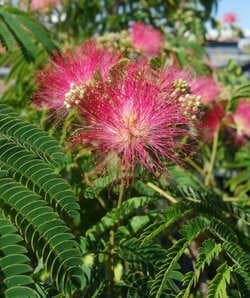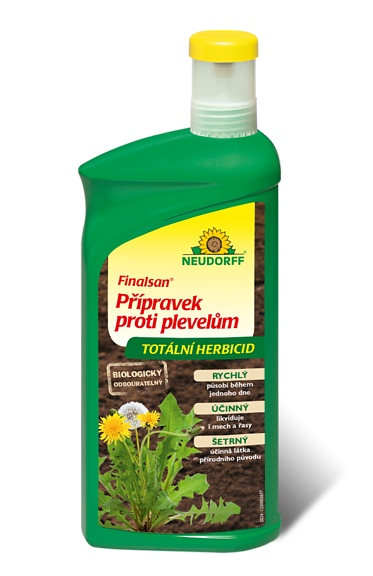Instructions
Planting Instructions
Before planting, remove the pot and allow the plant's root ball to fully absorb water - either by slowly watering it in small amounts or by submerging it in a container of water for a sufficient time.
For potted plants, remove the container before planting. For root-balled plants, leave the wrapping material (jute and wire mesh) intact, only loosen the wire around the stem. Unless otherwise specified, plant at the same depth as the surrounding ground. Mulch should be applied above this level. For balled plants, you can prune the branches back by one-third to one-half of their original length. Trees and other plants vulnerable to wind uprooting should be immediately staked using a strong support for 2–3 years, until they are well-established and can withstand the wind without bending or being uprooted.
WATER AND SOIL PERMEABILITY TEST - IMPORTANT!
Before planting, we recommend a simple test, as excess moisture is one of the most common threats to plants. Dig a 40 × 40 × 40 cm hole at the planting site, pour 10 litres of water into it, and observe how long it takes to absorb.
Results:
- Option A – If the water is absorbed within about an hour, everything is fine, and you can plant as usual. Dig a hole 2–3 times larger than the root ball and fill it with soil according to the plant's requirements.
- Option B – If absorption takes between 1 and 3 hours, the plant should be raised slightly. Dig a hole only half as deep as the height of the pot or root ball. Place the plant in the hole and build up soil around it, forming a gradual slope.
- Option C – If the water remains after 3 hours, your soil is impermeable. Most plants - especially evergreens and conifers - may struggle to survive. In this case, do not dig a deep hole; instead, create a shallow hole, setting the root ball no deeper than one-third of its height, then backfill it with soil similarly to Option B.
Always ensure that the soil slope around the root ball is as gradual as possible. Plants typically develop horizontal roots, and if placed in a steep hole, they will struggle to grow properly.
If you have the opposite issue, meaning excessively dry, loose soil, we recommend bark mulching all plants for at least the first year - this helps retain moisture, even if it is not explicitly required for a specific plant.
Watering Guidelines for the First Year
Monitor the soil around the plant, and water only when it becomes dry, avoiding excessive amounts. Unless stated otherwise, water for the first year so that the soil remains consistently moist, but never wet. Ensure even moisture throughout the root ball - from the trunk to the edges. NEVER water by simply placing a running hose against the root ball for a few minutes.
If the plant dies due to overwatering or drought, no claims can be accepted. In case of uncertainty, consult a specialist or have the planting carried out by an experienced gardener or horticulturist.
IMPORTANT NOTICE
In the event of severe late spring frost, we recommend storing early-spring purchases until the weather becomes more favourable before planting.

































